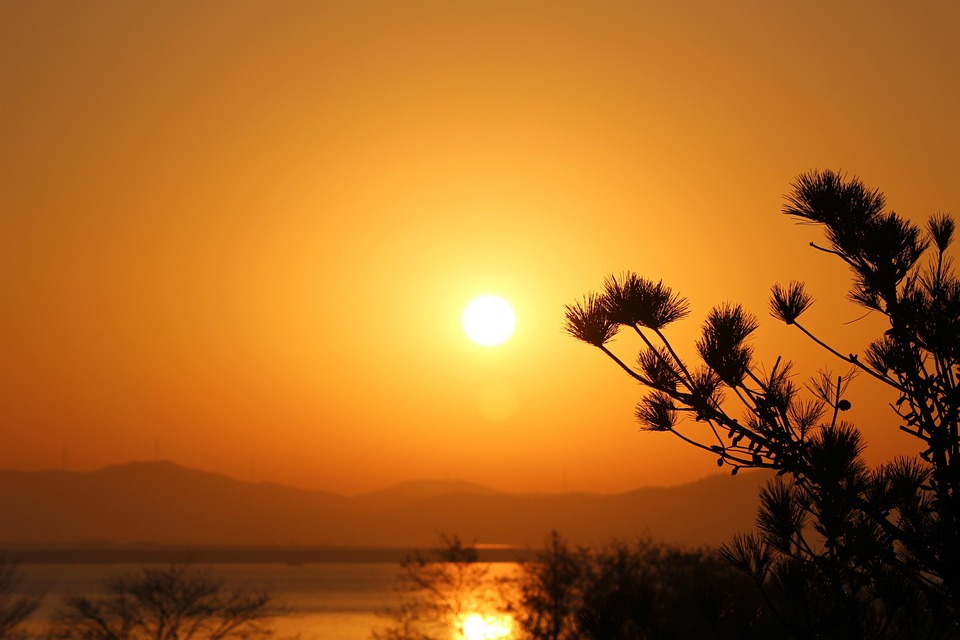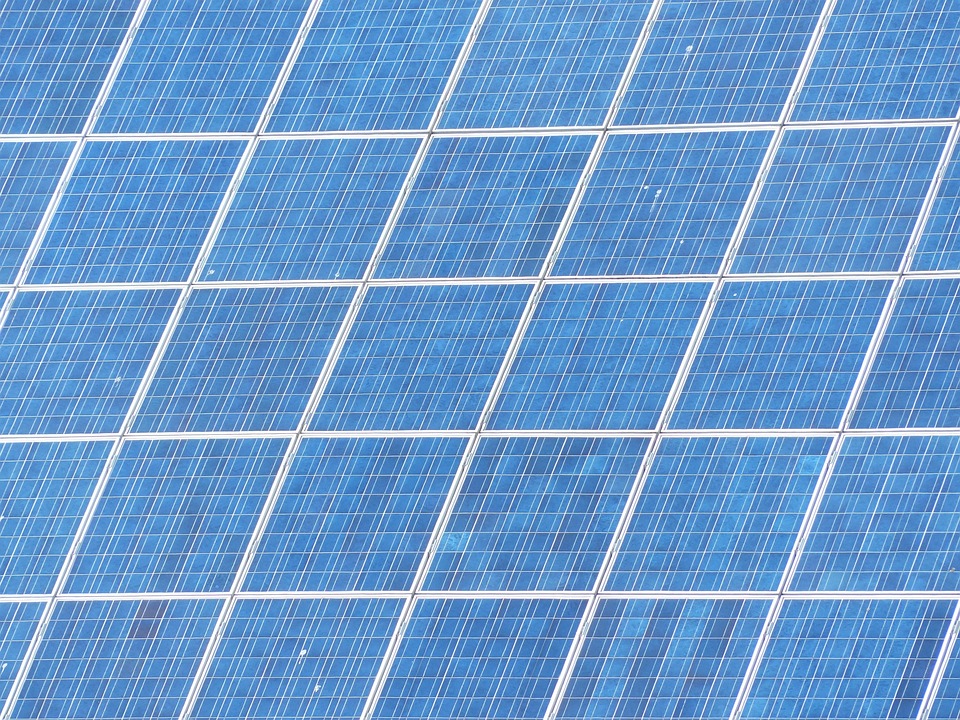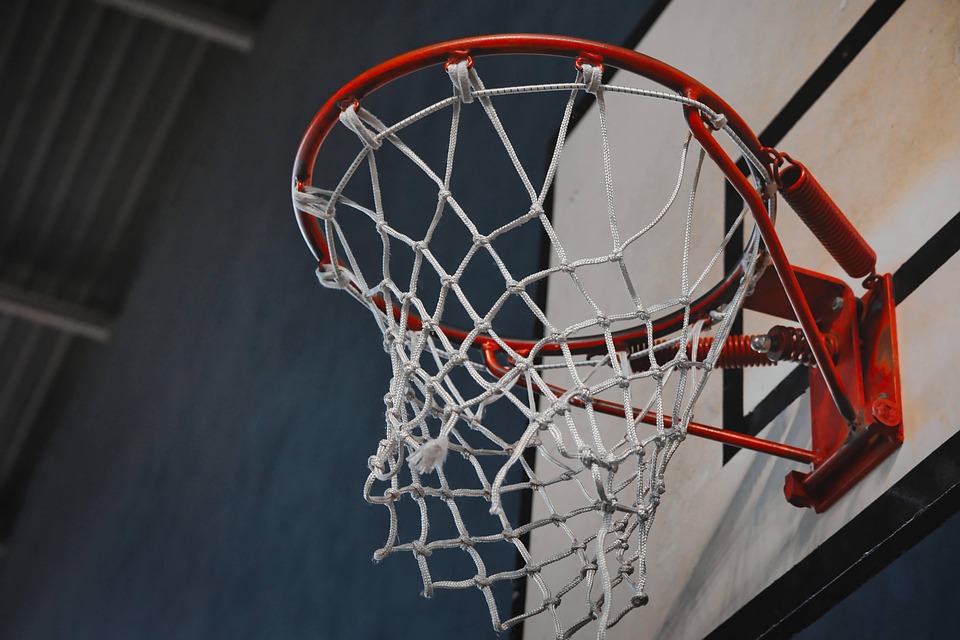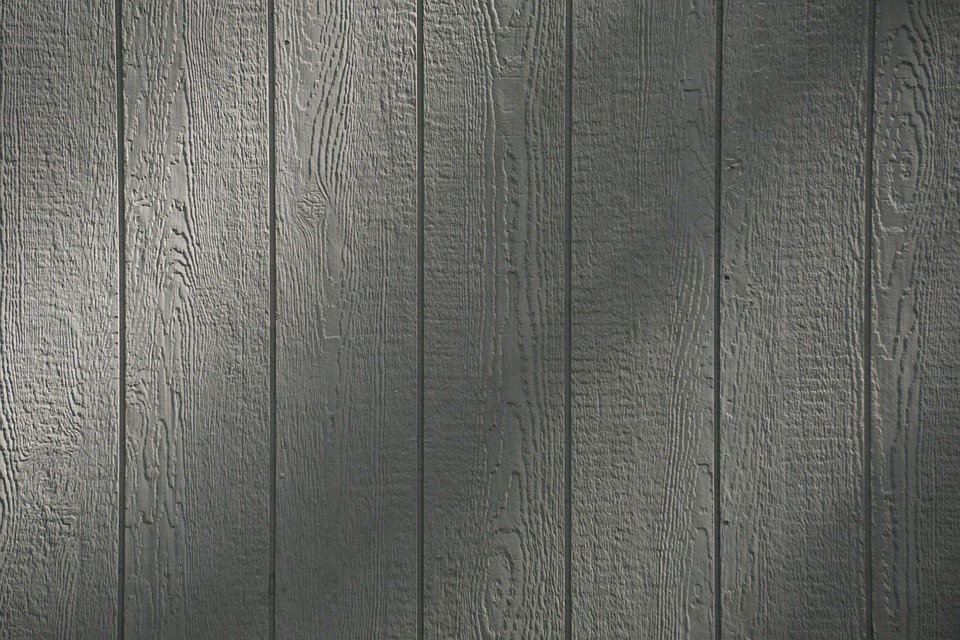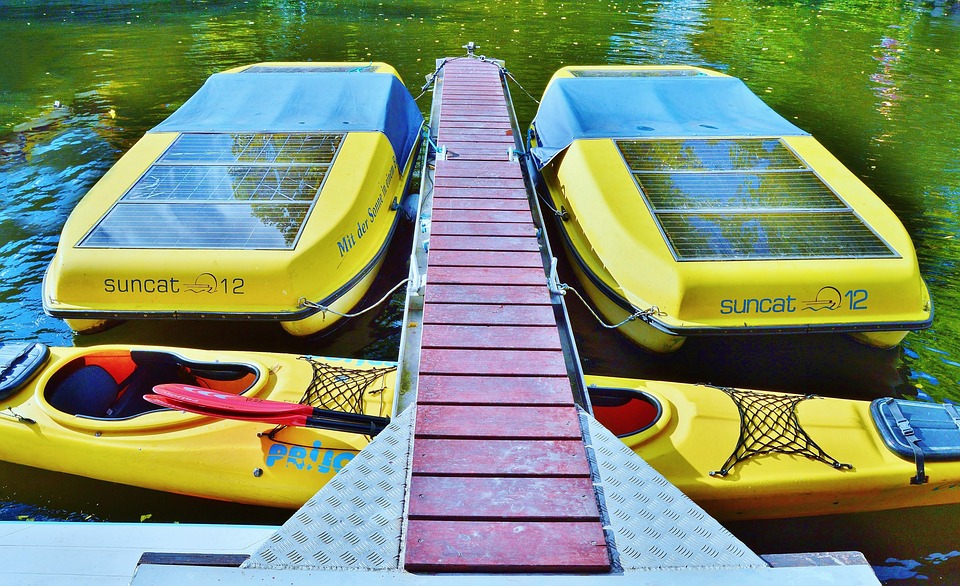Feel free to modify them or combine ideas!
# Embracing the Wild: Your Guide to Living Off the Grid The first time I woke up to the gentle rustle of leaves rather than the blaring of an alarm clock, I knew my life had taken an exciting turn. The sun’s early rays filtered through my one-room cabin, painting the wooden walls with golden light. Birds chirped a symphony outside, while I savored the rich aroma of freshly brewed herbal tea made from foraged plants. That morning marked the beginning of a beautiful connection with nature—far removed from the hustle of city life—where each day is an adventure waiting to unfold. Living off the grid is not merely about disconnecting from the electric grid; it’s about reconnecting with nature, simplifying life, and finding joy in the small things. If you’re seeking a lifestyle sprinkled with passion, self-sufficiency, and a touch of dirt under your fingernails, you’re in the right place! ## The Allure of Off-Grid Living Imagine standing surrounded by towering pines, the scent of fresh earth filling your lungs, and knowing that you rely on your resourcefulness rather than a wall socket. Off-grid living offers a way to shed societal expectations and embrace a simpler, more intentional life. ### Why Go Off-Grid? 1. **Sustainability**: By utilizing renewable resources, you reduce your carbon footprint. Solar panels and wind turbines can power your home, while rainwater harvesting helps sustain your water needs. 2. **Self-Sufficiency**: Learn essential skills like gardening, preserving food, and basic craftsmanship. This lifestyle fosters a deep sense of accomplishment and empowerment. 3. **Connection to Nature**: Living off the grid immerses you in the natural world. Evening walks under a star-filled sky, morning greetings from wildlife, and foraging for wild edibles become part of your daily routine. 4. **Community**: Off-grid living often leads to a close-knit community with like-minded individuals. Sharing knowledge, barter systems, and mutual aid create bonds that fuel a supportive network. ### Setting Up Your Off-Grid Home #### Location, Location, Location! Choosing the right spot for your off-grid sanctuary is crucial. Look for areas rich in natural resources—access to sunlight, water, and fertile soil is key. Areas with a hospitable climate also make a significant difference. Think of the majestic mountains, peaceful valleys, or even coastal regions that can complement your lifestyle. #### Essential Resources – **Water**: Your lifeblood! Consider digging a well, creating a system for rainwater harvesting, or even utilizing nearby natural springs. – **Energy**: Solar panels are the go-to choice for many off-grid enthusiasts. Wind turbines and micro-hydropower systems are also effective alternatives. – **Waste Management**: Composting toilets and recycled waste solutions will help maintain ecological balance and reduce your footprint. #### Building Your Shelter Sturdy yet simple structures like tiny cabins or yurts are popular choices. Consider eco-friendly materials such as reclaimed wood or sustainable insulation. Be creative! Opt for designs that harness natural light and airflow to create a cozy, efficient environment. ## Daily Life Off the Grid Living off the grid is like receiving a daily invitation to adventure. You’ll engage in various activities often overlooked in urban settings. ### Gardening and Foraging A well-planned garden can provide food security and a delightful pastime. Fill your patch with a variety of fruits, vegetables, and herbs. The joy of picking your produce and experimenting in the kitchen is immense! Complement your harvest with foraging. Nature provides; learn to identify local wild edibles like dandelions, mushrooms, and berries. ### Crafting Skills Dive into basic carpentry, sewing, or even canning. These skills not only help you become self-reliant but also lead to creative satisfaction. Who wouldn’t want to craft homemade furniture or preserve summer fruits in flavorful jams? ### Natural Cooking Without modern conveniences, cooking becomes an art form. Using a wood stove or outdoor fire pit, you’ll learn to create rich, hearty meals using local and seasonal ingredients, making each bite a celebration of nature. ## Pro Tips for Thriving Off the Grid 1. **Plan Purposefully**: Thoroughly research your desired location and prepare for seasonal variations. Grow a diverse range of crops to minimize the risk of bad yields. 2. **Join a Community**: Connect with others who share your passion for off-grid living. Barter, share successes, and learn from each other. Community boards and social media groups can be great starting points. 3. **Master Basic Repairs**: Learn to fix everyday items instead of resorting to buying new ones. It’s not only eco-friendly but also nurtures a sense of self-reliance. 4. **Embrace Imperfection**: Living off the grid can be challenging. Embrace the hurdles! Whether it’s a stubborn garden pest or a leaky roof, facing challenges head-on builds character. 5. **Stay Organized**: Develop a daily routine to manage responsibilities while leaving room for spontaneity. Balance is key, ensuring downtime for reflection and connection with nature. ## Environmental Awareness and Responsibilities Living in harmony with nature comes with a responsibility to protect it. Practice sustainable habits to maintain the balance. ### Waste Reduction Minimize waste by composting kitchen scraps and recycling whenever possible. Use biodegradable products and avoid single-use plastics. Each action counts towards a healthier planet. ### Wildlife Stewardship Fostering a respectful relationship with local wildlife is essential. Remember, you’re a visitor in their environment. Maintain a safe distance and avoid feeding them. Encourage biodiversity by planting native species for a natural habitat. ## Embrace Change and Flourish Every day off the grid presents an opportunity to learn more and grow. Adaptability is key. Whether it’s changing seasons or unexpected challenges, an open mind and positive attitude will see you through. ## The Joy of Discovery The beauty of off-grid living lies in the journey itself. Every dawn brings a fresh start, filled with endless possibilities. From quiet nights spent stargazing to the thrill of harvesting your first produce, the joy lies in little discoveries along the way. # Conclusion: Make the Leap! So, if you’re ready to embrace the wild and live a life rich in spontaneity, creativity, and self-sufficiency, why not take that first step? Unplug from the noise and


